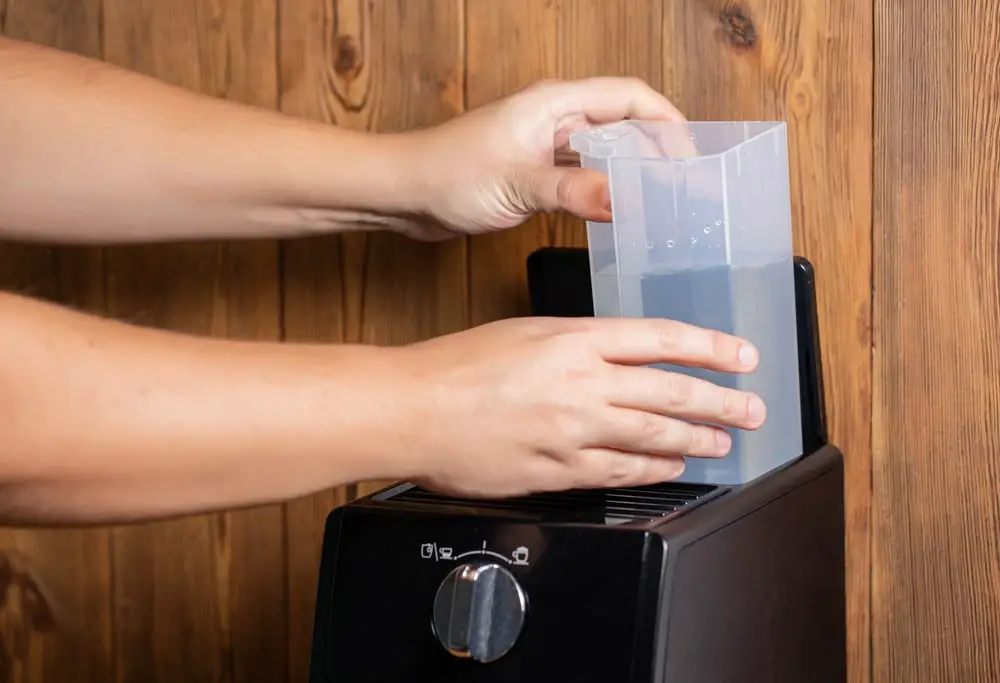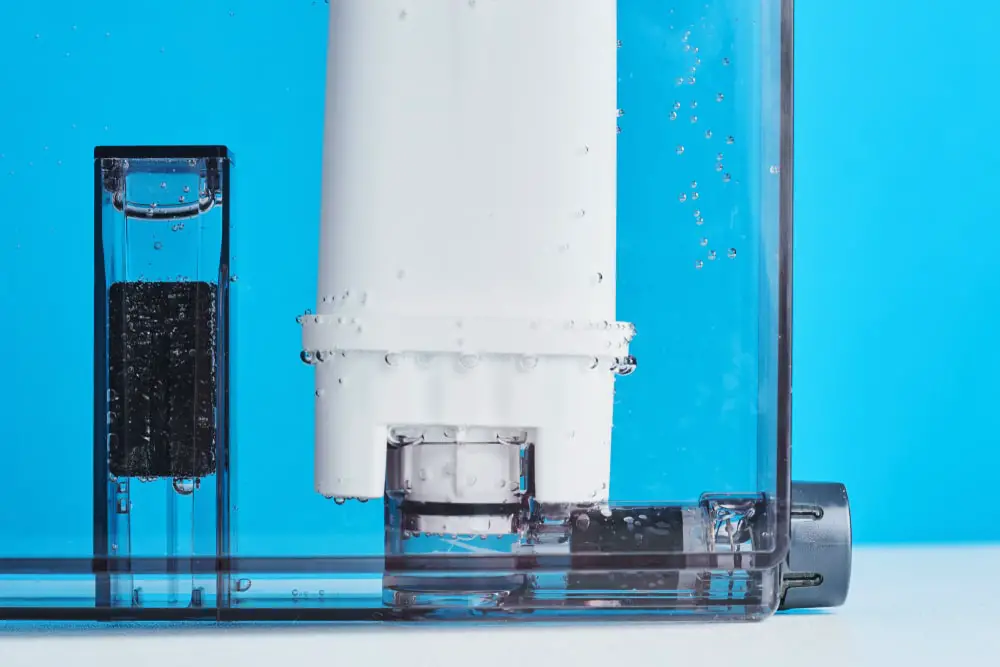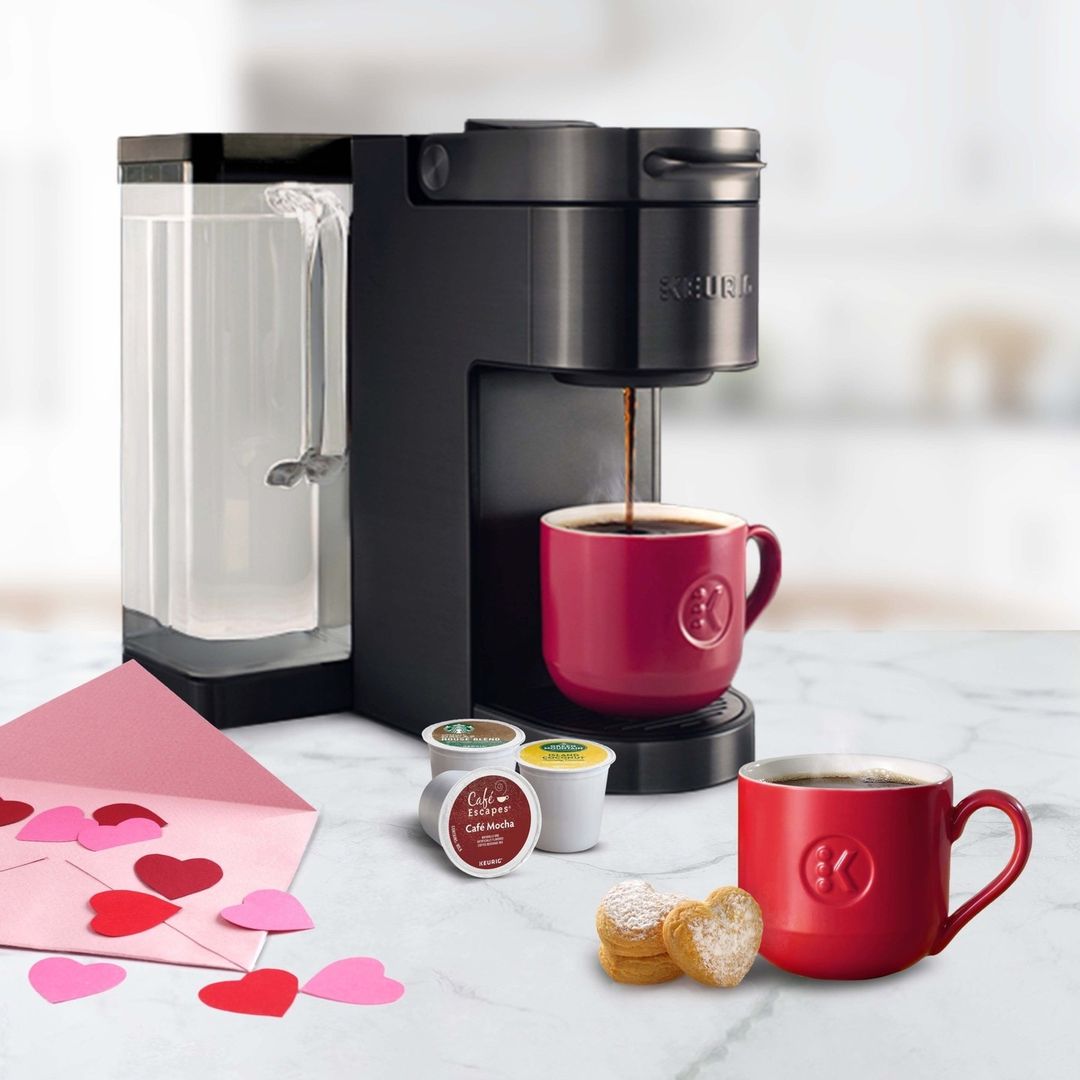Many individuals have the habit of drinking coffee first thing in the morning to help them stay awake for the rest of the day. Simultaneously, they also save time by leaving the water in the coffee maker overnight so they can brew a cup fast in the morning.
Keurig is one of the coffee makers which provides convenience as well as a delicious cup of coffee. We can fill it up with water and put it away till the next day. You’ll be relieved to learn that keeping water in the coffee maker overnight is a pretty safe practice in certain situations. This is because dangerous substances take a long time to form in clean water. However, how long can water sit in a Keurig? Is it safe to leave water in Keurig? If these are the questions you’re asking, we’ve looked into it and come up with some ideas as described below.
Is The Water We Use For Coffee Making Important?
Before we go any further, it’s important to understand what water hardness is and how it varies by state. In general, water hardness refers to the quantity of calcium and magnesium dissolved in the water. Minerals are required for growth, according to several organizations. However, it is not suitable for coffee machines.
When hard water is heated, a solid form of calcium carbonate can develop, according to the USGS. This causes a regular build-up of minerals in your coffee machine. If you really must use tap water, check to see if it qualifies as soft water. Otherwise, Keurig suggests filling the machine with bottled or filtered water.
How Long Can You Leave Water In The Keurig Reservoir?
In general, it’s recommended to empty the tank completely and store it dry while not in use. This will help you avoid limescale accumulation and mold growth. However, there are instances when convenience outweighs a little more cleaning.
If you really have to use hard water to make coffee, do not keep it in the reservoir for longer than 12 hours. If you leave the tank unattended for more than 12 hours, you’ll have to clean it more frequently. You may see a white buildup that requires the use of vinegar or lemon juice to remove.
Otherwise, bottled or filtered water is preferable because most germs die at 75 degrees Celsius. As a result, you may keep it in the reservoir for 3-4 days. After that period, however, you should replace it with clean water to avoid bacteria development. It is also a good idea to warm the water before using it.
There are several sizes of coffee machines available on the market, each with a distinct brewing capacity. You can entirely fill the coffee maker with water if it’s a small brew capacity, such as less than 6 cups. If the water hasn’t been used in 3-4 days, refresh it.
You won’t need to refill the machine after each cup of coffee if it has a bigger tank with a brewing capacity of 12 cups or more. At the same time, set aside water according to daily requirements.
Longer water retention shortens the machine’s life. It should not be difficult to deal with proper coffee machine maintenance if you use your coffee maker on a daily basis. The machine’s appropriate use will decide whether it will function for many years or not.
Is It Okay To Leave Water in the Coffee Maker Water Overnight?
Actually, it is not a good idea to put water in the coffee maker overnight in particular conditions as mentioned previously. Take a look at the listed reasons below to get a better understanding of that.
The Freshness Of The Coffee Will Deteriorate.
If you leave water in your coffee maker’s tank for an extended period of time, it will grow moldy.
Carbon dioxide is the primary factor that causes water’s pure pH to drop, resulting in a loss of flavor. When water is exposed to air, the pH of the water steadily lowers. Similarly, water in the coffee maker’s reservoir grows rancid after being left for several hours overnight owing to a chemical reaction within.
In short, it’s OK if you’re not too concerned about the flavor of your coffee. If not, I believe you should spend some time pouring a soft water to make a delicate coffee with the ideal aroma.
Water Blockage Provides Ideal Circumstances For Germs To Thrive.
In the coffee machine, lab testing at CBS stations in Chicago, Dallas, and Pittsburgh found e-Coli, klebsiella staphylococcus, pseudomonas aeruginosa, streptococcus, and other hazardous bacteria, including e-Coli, klebsiella staphylococcus, pseudomonas aeruginosa, streptococcus, etc.

Bacteria and fungus may swiftly develop in an ideal habitat if water is left stagnant in a reservoir. Temperature variations can also detect bacterial development, despite the fact that some devices have unique characteristics.
According to a study published by the University of Valencia in Spain, 35-67 species of bacteria may develop on a coffee machine’s drip tray and quickly get you sick. That’s why using old water in a Keurig can make you unwell.
Most decent coffee makers, however, have wires covering their water tanks to protect the environment from bacteria and insects.
Add Minerals To The Tank Of Water
Filtered water, rather than tap water, is the best alternative for use in the coffee machine. As tap water has a high mineral concentration, leftover debris might cause harm to the equipment.
Limescale is a good predictor of how long a coffee machine will last. Limescale is made up mostly of calcium. When calcium-containing water is kept idle for days, it can build up in pipes and cause pump clogs. As a result, you will be unable to effectively operate your machine.
When Should You Replace Your Keurig Water Filter?
The water filter is crucial to the flavor of your cup of coffee! You’ll need to replace the filter cartridge every two months to maintain the cups tasting as good as they did the first time. Another indicator that the filter needs changing is that you’ve refilled it more than 60 times. In doing so, your cup of coffee will be free of chlorine and buildup will be reduced.

Final Thought
Coffee machines like the Keurig are a terrific way to save time and money while still enjoying delicious coffee at home. However, in order to operate the machine successfully without causing harm to your health, you must consider not only the quality of the coffee but also the quality of the water used in the coffee maker. Although the risk to your health and the machine is low, failing to replace the water on a daily basis can lead to serious complications. See you in my next posts.

